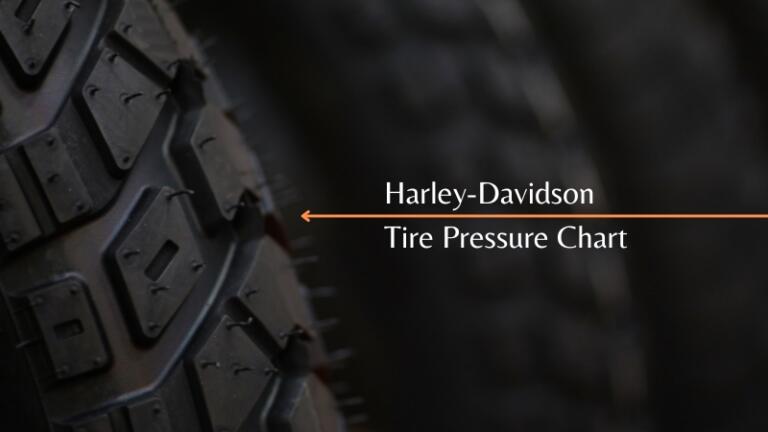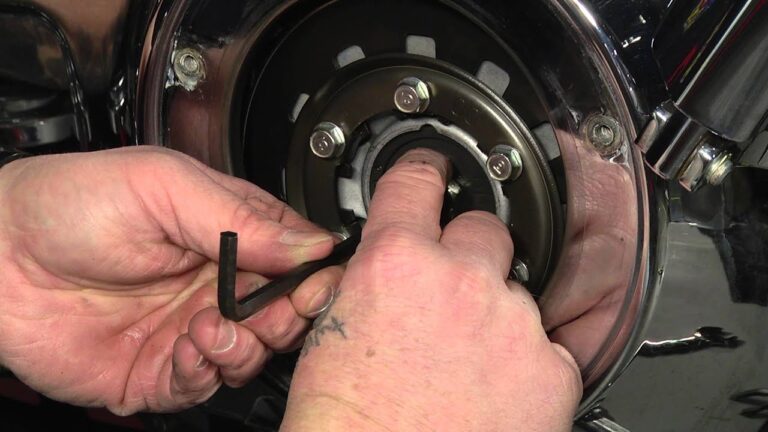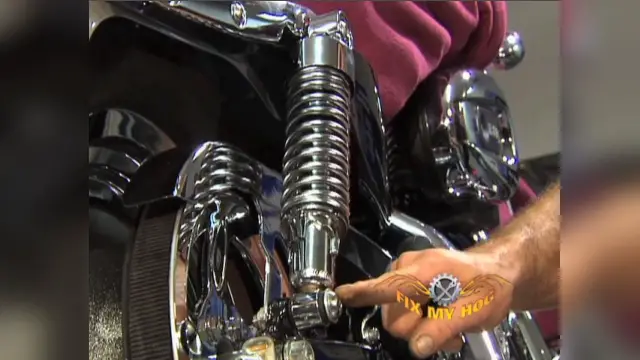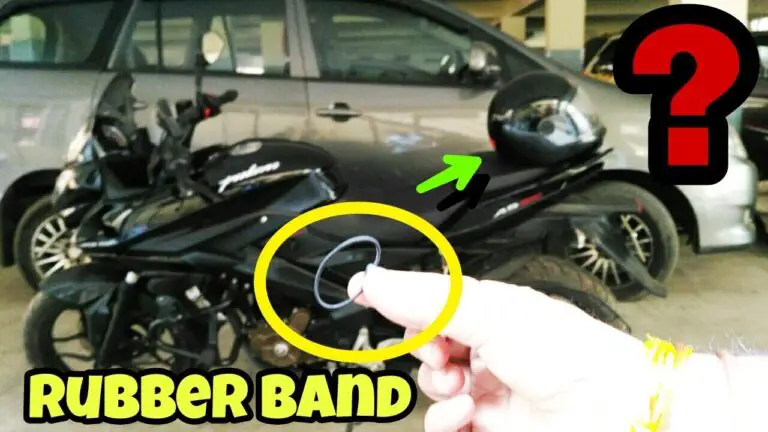Do Motorcycles Have Catalytic Converters
Most modern motorcycles have catalytic converters built into their exhaust system by the factory, helping them meet emission regulations and reduce air pollution. However, not all motorcycles are equipped with catalytic converters.
This article will explore the presence of catalytic converters on motorcycles, their location, function, and the consequences of removing them. Additionally, it will address the importance of catalytic converters in minimizing air pollution, protecting human health, and preserving the environment.
It is worth noting that removing catalytic converters from motorcycles is not recommended due to increased pollution and potential legal issues.
Understanding The Role Of Catalytic Converters In Motorcycles
Understanding the Role of Catalytic Converters in Motorcycles Most modern motorcycles have catalytic converters built into their exhaust system by the factory. These devices play a crucial role in minimizing air pollution and reducing harmful emissions from the motorcycle’s engine. Catalytic converters are emissions control devices that are responsible for converting toxic gases and pollutants present in the exhaust gases into less harmful substances before they are released into the atmosphere. Exploring the purpose of catalytic converters in vehicles In vehicles, including motorcycles, catalytic converters are essential for meeting ever-tightening emission standards. They help in reducing harmful emissions such as carbon monoxide, nitrogen oxides, and hydrocarbons. While motorcycles generally produce lower emissions compared to cars due to their smaller engines, the use of catalytic converters further ensures that the emissions are minimized, contributing to cleaner air quality. |
The Presence Of Catalytic Converters In Modern Motorcycles
Many people wonder, “Do motorcycles have catalytic converters?” The answer is not a simple yes or no. Most modern motorcycles do indeed have catalytic converters built into their exhaust systems by the factory. This is to help them meet ever-tightening emissions regulations and reduce air pollution. Progressive, a well-known insurance company, also acknowledges the presence of catalytic converters in motorcycles. However, it is important to note that not all bikes have catalytic converters. Some motorcycles manufactured before a certain date may be exempt from catalytic converter requirements. Additionally, some riders choose to remove the catalytic converter from their exhaust system for various reasons, such as improving performance. However, it is essential to be aware of the legal and regulatory implications of modifying a motorcycle’s exhaust system. In conclusion, while most modern motorcycles do have catalytic converters, it is not a guarantee for every bike.
Exceptions To The Rule: Motorcycles Without Catalytic Converters
Most modern motorcycles do have catalytic converters built into their exhaust systems. However, not all models are equipped with them. The purpose of the catalytic converter is to help reduce emissions and protect the environment.
| Most modern motorcycles have catalytic converters built into their exhaust systems by the factory. These catalytic converters help motorcycles meet increasingly strict emissions regulations. However, there are exceptions to this rule. Motorcycles manufactured before a certain date may be exempt from catalytic converter requirements. This exemption allows these older motorcycles to continue running without a catalytic converter. There are several reasons why motorcycles may lack catalytic converters. One reason is that older motorcycles may not have been subject to the same emissions regulations as newer models. Additionally, some motorcycle owners choose to remove the catalytic converter in order to improve the performance of their bike. Removing the catalytic converter can have an impact on motorcycle performance. By removing this component, the exhaust system may experience increased flow and reduced back pressure. This can result in improved horsepower and throttle response. However, it is important to note that removing the catalytic converter may also cause the motorcycle to emit higher levels of pollutants. In conclusion, while most modern motorcycles are equipped with catalytic converters, there are exceptions to this rule. Motorcycles manufactured before a certain date may be exempt from catalytic converter requirements. Additionally, some motorcycle owners choose to remove the catalytic converter for performance reasons. However, it is important to consider the potential impact on emissions before making this modification. |

Credit: m.youtube.com
The Importance Of Catalytic Converters In Reducing Air Pollution
Most modern motorcycles have catalytic converters built into their exhaust systems. The use of catalytic converters in motorcycles is vital for minimizing air pollution, protecting human health, and preserving the environment. While not all models of motorcycles have catalytic converters, they are required by law in many countries. The catalytic converter is typically located at the very end of the motorcycle exhaust pipe. Its purpose is to convert harmful gases, such as carbon monoxide and nitrogen oxide, into less harmful substances before they are released into the atmosphere.
ACAT Motorcycle Universal Catalytic Converters are a popular option for improving exhaust flow, increasing power and reducing emissions in motorcycles. These high-performance catalytic converters help motorcycles meet strict environmental regulations while enhancing overall performance. Catalytic converter removal on motorcycles, also known as cat elimination, is a common modification among motorcycle enthusiasts who seek increased power and a louder exhaust sound. However, it is important to note that removing the catalytic converter may result in increased emissions and potential legal ramifications.
FAQs On Do Motorcycles Have Catalytic Converters
How Do I Know If My Motorcycle Has A Catalytic Converter?
In most cases, you can find the catalytic converter at the very end of your motorcycle’s exhaust pipe. Look for a honeycomb filter. However, we do not recommend removing the catalytic converter as it helps reduce pollution and pass vehicle inspections.
What Happens If You Remove Catalytic Converter From Motorcycle?
Removing the catalytic converter from a motorcycle is not recommended as it will increase pollution and may cause issues during inspections. It is best to leave the catalytic converter intact to maintain proper function and environmental responsibility.
Why Do Motorcycles Not Have Catalytic Converters?
Most motorcycles have catalytic converters to reduce air pollution and meet emissions requirements. However, not all models are equipped with them.
Does Honda Motorcycles Have Catalytic Converters?
Yes, Honda motorcycles have catalytic converters.
Conclusion
While most modern motorcycles are equipped with catalytic converters, not all models have them. The use of catalytic converters is essential in minimizing air pollution and protecting the environment.
However, it is important to note that removing the catalytic converter from your motorcycle is strongly discouraged as it can lead to increased pollution and potential legal issues.
It is recommended to consult a professional before making any modifications to your bike’s exhaust system.






